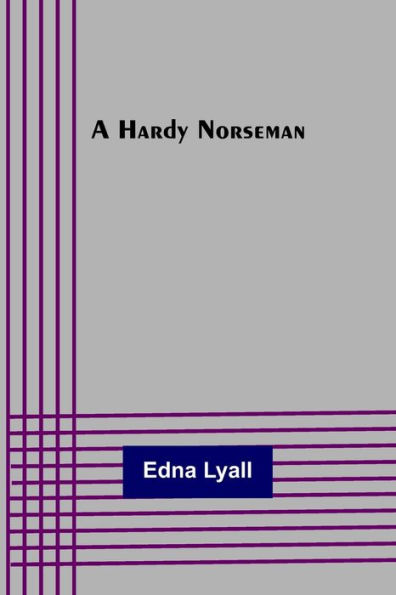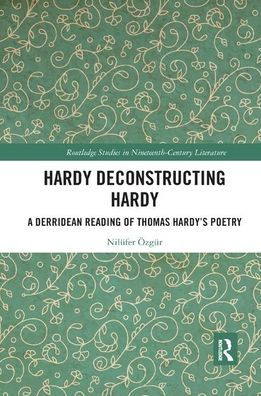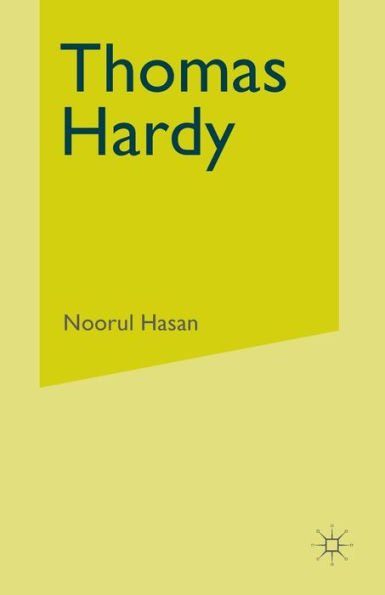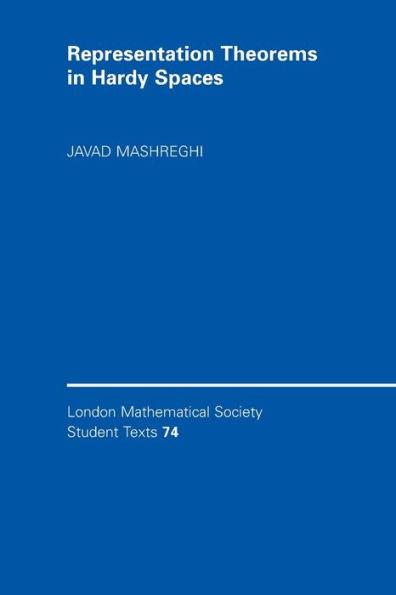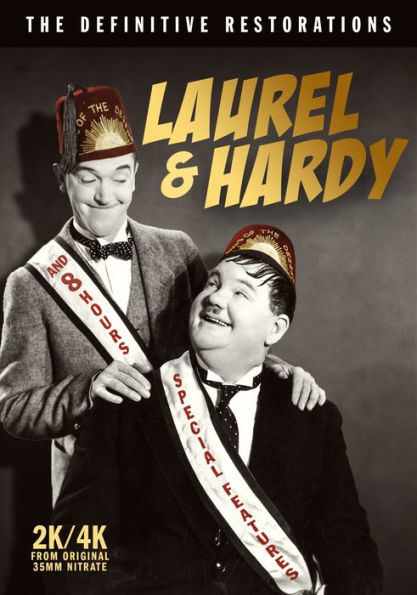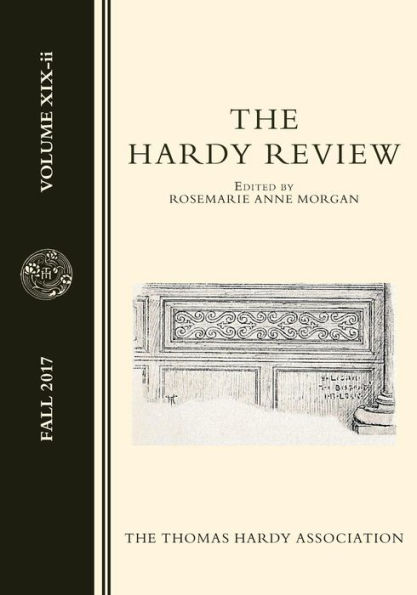Home
The Hardy Tree
Barnes and Noble
The Hardy Tree
Current price: $25.00
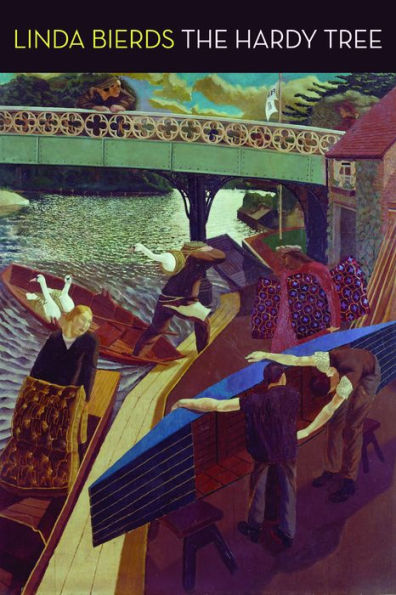

Barnes and Noble
The Hardy Tree
Current price: $25.00
Size: Hardcover
Loading Inventory...
*Product information may vary - to confirm product availability, pricing, shipping and return information please contact Barnes and Noble
Focusing on figures such as Thomas Hardy, Alan Turing, Virginia Woolf, and the World War One poets,
The Hardy Tree
examines power, oppression and individual rights in ways that reverberate through our lives today. Uniting these themes is the issue of communication—the various methods and codes we use to reach one another. The book is arranged in four sections. The first visits Vladimir Nabokov as a child with alphabet blocks, Alan Turing at eleven writing home from boarding school with a “pen of his own making,” Virginia Woolf as a teenager practicing her penmanship, and Wilfred Owen trying to draw a musical note from a blade of grass on a battlefield on the Somme. The second section focuses more deeply on various types of encoding; the third erases the Magna Carta; the fourth offers a provisional peace. These sections lean against one another the way that history leans upon itself. Backed by Bierds’ intensive research and woven with scientific evidence, she pushes us to consider our futures in direct conversation with the past.
The Hardy Tree
examines power, oppression and individual rights in ways that reverberate through our lives today. Uniting these themes is the issue of communication—the various methods and codes we use to reach one another. The book is arranged in four sections. The first visits Vladimir Nabokov as a child with alphabet blocks, Alan Turing at eleven writing home from boarding school with a “pen of his own making,” Virginia Woolf as a teenager practicing her penmanship, and Wilfred Owen trying to draw a musical note from a blade of grass on a battlefield on the Somme. The second section focuses more deeply on various types of encoding; the third erases the Magna Carta; the fourth offers a provisional peace. These sections lean against one another the way that history leans upon itself. Backed by Bierds’ intensive research and woven with scientific evidence, she pushes us to consider our futures in direct conversation with the past.
![The Philosophy Tree [Barnes & Noble Exclusive]](https://prodimage.images-bn.com/pimages/0853793001002_p0_v1_s600x595.jpg)
